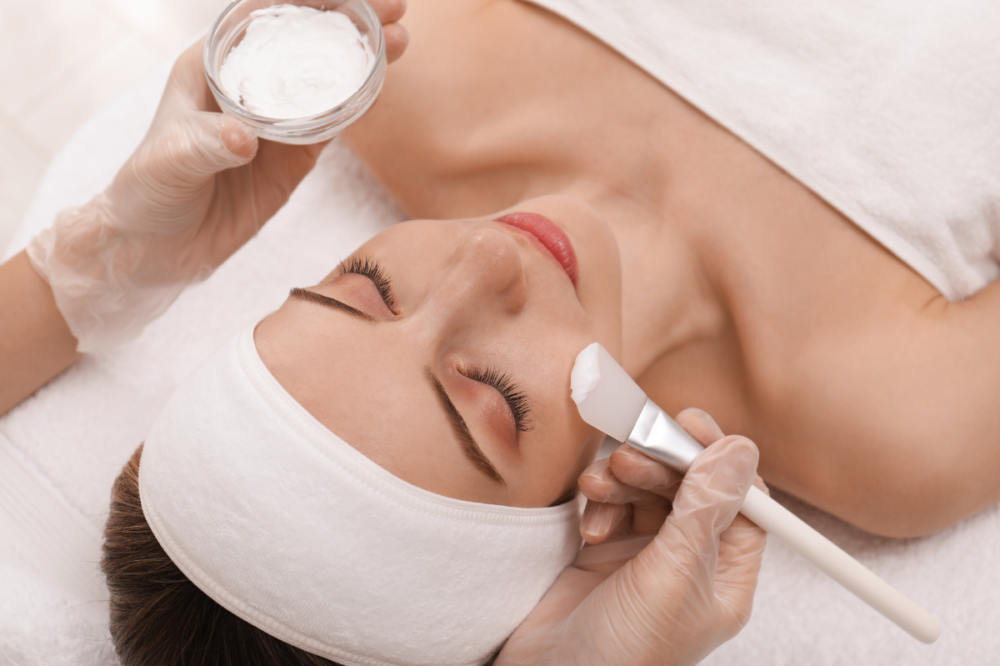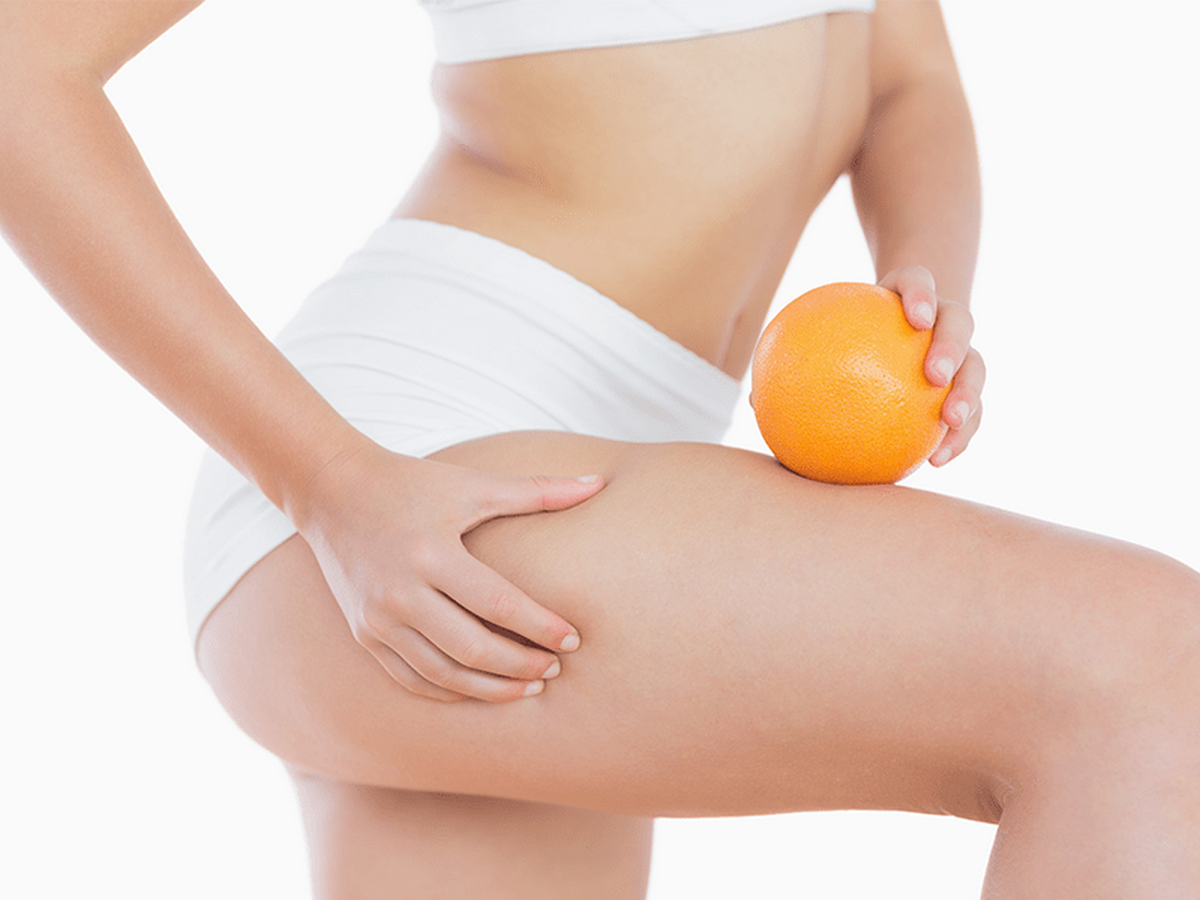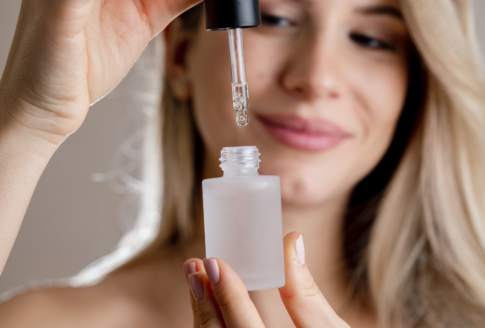The anti-aging and anti-spot properties of alpha hydroxy acids (AHAs)

Table of Contents
What are Hydroxy acids?
Alpha hydroxy acids or otherwise known as AHAs are a group of non-organic acids that are naturally found in foods. In recent years, more and more cosmetic creams designed to treat dry, acne skin and wrinkles contain a certain percentage of AHAs. How can you take advantage of hydroxy acids and use them safely?
Alpha hydroxy acids (AHAs) and beta hydroxy acids (BHAs) are two main classes of hydroxy acids. AHAs are used to treat several skin disorders such as acne, scars, dark spots, skin dryness and wrinkles. AHAs act both on the epidermis and deeper on the skin (dermis). Τhey are mainly derived from foods such as citrus fruits, oranges and lemons (citric acid), apples (malic acid), sugar cane (glycolic acid ), grapes (tartaric acid) etc.. AHAs are among the most widely used and studied anti-aging compounds for the epidermis. The concentration of AHAs in cosmetic products varies but usually is less than 10%.
Βeta-hydroxy acids (BHAs), such as salicylic acid, are similar to AHAs apart from their solubility. BHAs are lipid-soluble compounds, as opposed to water-soluble AHAs. This property of BHA allows them to penetrate the skin through sebaceous follicles, making them suitable for patients with oily skin and acne.
What are the actions of AHAs?
Clinical trials have shown the efficacy of AHAs in reversing the effects of photoaging and improving wrinkles, skin elasticity, tone and hydration. They act by removing the upper layers of skin (dead cells), while they can also increase the thickness of the deeper layers, promoting skin’s stability. In summary, AHAs :
- promote collagen production and increase blood flow
- correct dark and aging spots
- reduce fine lines and wrinkles
- prevent the creation of acne scars
- illuminate the epidermis
- increase the absorption of the products
Peeling
Alpha hydroxy acids help to exfoliate the skin. They were initially used to treat hyperkeratosis. The exfoliating action of AHAs is often greater than that of common exfoliating products. While we are getting old, the natural cycle of removing dead cells and replacing them with new one’s decreases. Regular exfoliation helps the skin remain bright, preventing the accumulation of dead cells that block breathing. Not all types of AHAs have the same exfoliating power. Exfoliation is determined by the type of AHAs used on its cream of face lotion. As a rule, the more types of AHAs contained in a product, the better the result is.
Sun damage, scars and other health problems can lead to discoloration of the skin. Although a cosmetic concealer can camouflage discoloration, it does not correct the real tone of the skin. Alpha hydroxy acids can help in inhibiting melanin formation and removing spots that make the skin tone dark. AHAs with glycolic acid can help break down the accumulation of skin cells, while citric acid products can even lighten your skin.
Increased absorption
Dead cells on skin surface inhibit the skin’s ability to absorb the active ingredients of face creams and serums. Alpha hydroxy acids remove these layers and bring the new underlying skin cells to the surface. By this, the absorption and action of any cosmetic product is enhanced.
Fewer wrinkles and fine lines
AHAs are known for their anti-aging activities. Alpha hydroxy acids can reduce the depth of surface lines and wrinkles. Their action lays on removing the damaged layers of the skin, revealing the less damaged skin from below and allowing the cells to regenerate. Acids can also improve the texture of the skin and enhance the production of collagen. Unlikely, AHAs only work for fine lines and surface wrinkles and not for deeper wrinkles.
Production of collagen
Collagen is a protein-rich fiber that keeps the skin smooth and plump. As we age, collagen production naturally diminishes and collagen fibers break down. Environmental factors, such as increased sun exposure, can accelerate collagen destruction, which results in faster skin aging. When the upper layer of the epidermis is removed, products with AHAs can work in the dermis and increase collagen production.
Special precautions and warnings
A negative side effect of AHAs may be a sensation of stinging or burning immediately after application, especially in people with sensitive skin. For safety reasons, it is best to use products that determine the concentration (%) of hydroxy acids on their label. Because acids make your skin more sun-sensitive, it is advised to wear sunscreen when using creams with AHAs. Alpha hydroxy acids can aggravate skin conditions, causing skin irritation.
Hydroxy acids at a concentration of 10% or less are safe for most people when applied properly and according to instructions. However, they may cause mild skin irritation, redness, swelling, itching and discoloration of the skin. Lotions and creams with a concentration of hydroxy acids greater than 10% should only be used under the supervision of a dermatologist.
Disclaimer
The content of this blogspot is not and can not be considered as medical advice, diagnosis or treatment. All information is provided to readers solely for informational purposes. There is no intention to substitute this content for personalized medical advice, diagnosis, prognosis or treatment.











Leave a comment